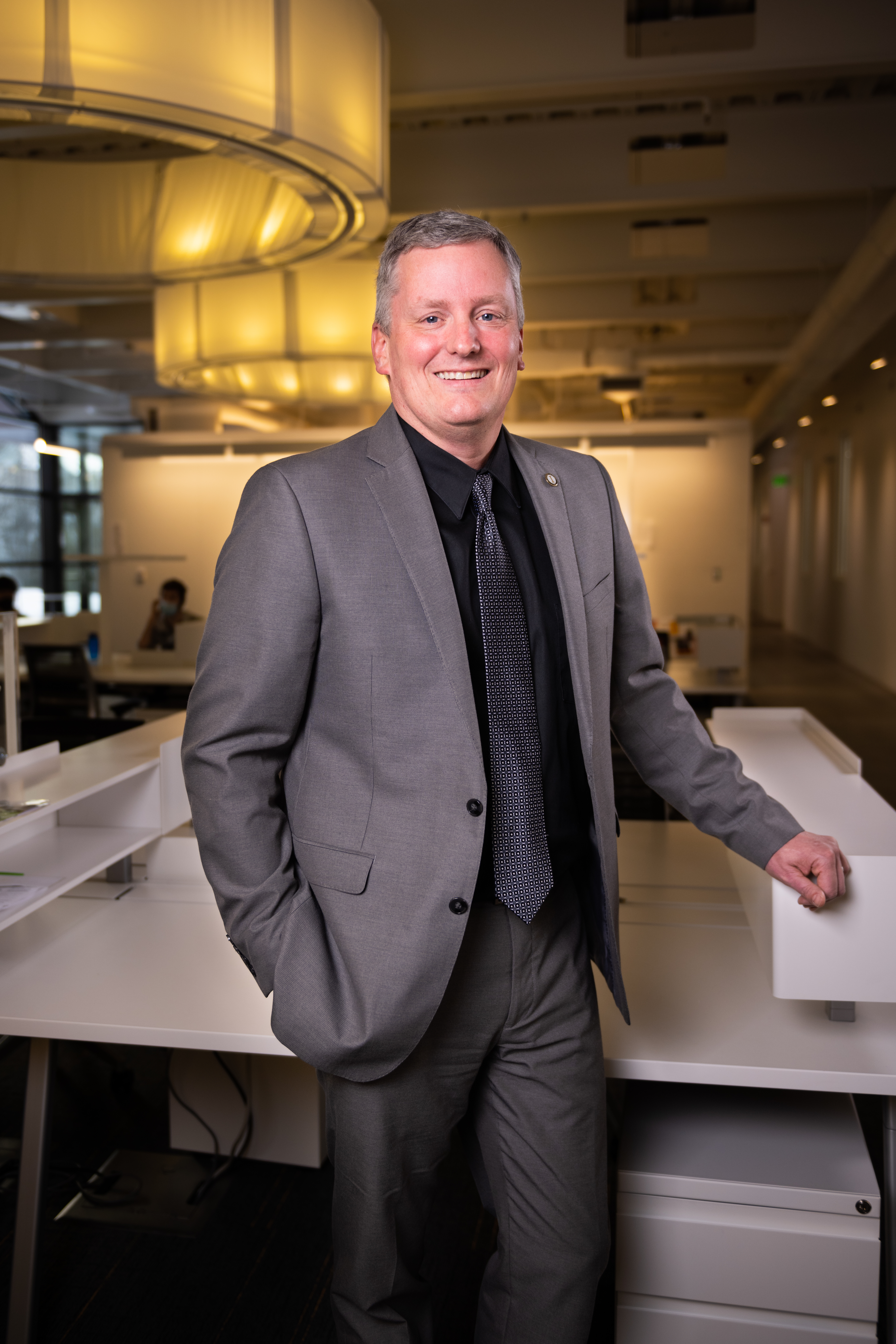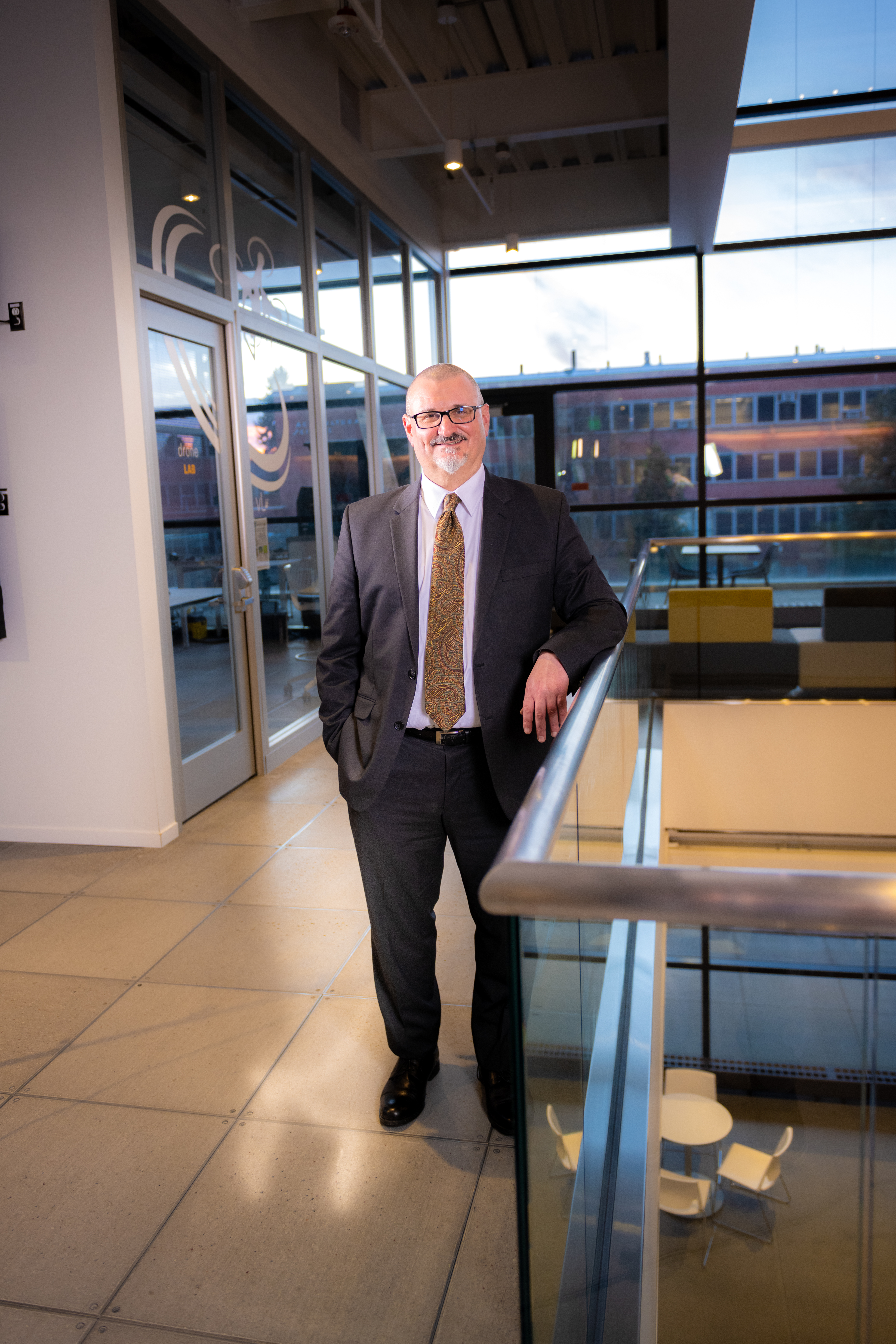Colleges and universities are partnering to centralize everything from online content to administrative services.
Much of the impetus stems from the challenges of the pandemic. As learning institutions were compelled to offer more courses online, many administrators realized that by joining together, they could better serve their student populations.
“There’s a movement out there,” says James Wiley, Eduventures principal analyst for technology at Encoura. “A lot of it comes out of wanting to be more efficient. Instead of having redundancies, institutions are trying to consolidate and share.”
LEARN MORE: How do higher ed institutions manage long-term digital transformation projects.
Online Idaho Focuses on Flexibility and Degree Completion
In Idaho, the State Board of Education formed the Online Idaho initiative, which centralizes courses from multiple campuses, allowing students to discover and register for classes in any of Idaho’s eight postsecondary institutions.
The focus of the initiative is to minimize barriers for higher education students, especially those in more rural areas. Through Online Idaho, students can find the appropriate coursework online to complete their degrees, no matter where they live or what institution they attend.
“The University of Idaho was involved from the project’s inception,” says Dan Ewart, vice president of IT and CIO at the University of Idaho. “The premise was to make sure that students could come back into degree programs without having to worry about where their classes were from.”

The program centers on a partnership with Quottly, a platform that synchronizes student course searches, registration and class scheduling among multiple institutions. In addition, all students in the Idaho system now use Canvas as their learning management system to standardize content delivery for both instructors and end users.
For security, Ewart and his IT team used software to build “wrappers” around Quottly’s code so that it could only do what it was intended to do, did not allow additional access and allowed the university to log all interactions. Because the university already integrates with many cloud-based systems, the IT department did not have to shore up its infrastructure.
RELATED: Mobile devices extend students' access and engagement.
Ken Udas, vice provost for digital learning initiatives at the University of Idaho, describes how students choose their coursework in the system.
“The student starts from their home organization,” Udas says. “So, if they’re studying with us at the University of Idaho, they have access to a course repository where they can see what meets various requirements and what different institutions are offering. From a student’s perspective, they stay on the Quottly platform and register and pay for courses, without knowing about the different business processes on the back end.”

Ewart acknowledges the technology challenges associated with centralized course sharing.
“Any time you place a system on top of another system, integration is going to be difficult,” Ewart says. “Quottly required a level of access into our core system that was unprecedented. We had to build new security components and be very careful with student data as well as the overall system.”
Although the University of Idaho is still in its first year as a member of Online Idaho, Ewart and Udas have heard a lot of positive feedback from students, administrators and instructors. The technology issues are generally smoothed out. The next task is to address some of the differences in standards between institutions.
“Different schools participating in Online Idaho vet their applicants differently for admissions,” says Udas. “Some admissions processes are more open than others, which can provide an interesting set of challenges for each institution while supporting the success of students. Expectations might be different in different universities and colleges.”
Click the banner below for exclusive content about remote learning in higher ed.
New Mexico Colleges Seek to Streamline Tasks
Before 2018, there hadn’t been much coordination between the 27 state and community colleges in New Mexico.
Around that time, members of the New Mexico legislature began to question the costs of running the sprawling infrastructure of the state-funded education system.
“We were going through a time in the state when resources were tight and colleges were struggling,” says Kathy Ulibarri, who spent many years in leadership and finance roles at Central New Mexico Community College (CNM) before taking on the role of CEO at the Collaborative for Higher Education Shared Services (CHESS).
In response, five college presidents decided to address the issue among themselves. The presidents wanted to keep their local governance boards and independence while pooling resources and standardizing operations. The result was the formation of CHESS.
“Blending distinct college cultures through this effort takes a lot of preplanning and careful communication,” says Ulibarri.
Wiley, of Eduventures, agrees.
“For initiatives like CHESS, it’s fantastic that senior leaders of each college are involved,” he says. “You need institutional leadership at a high level.”
EXPLORE: How higher ed is advancing and streamlining DX.
Before the institutions begin course sharing, they are focused on streamlining administration. The staff considers CHESS a transformation initiative, but technology plays a major role.
“We were looking for a modern technology base, one that would pave the way for the next five to 10 years,” says Victor Leon, CIO at CNM. “We eventually chose Workday. It has a robust, cloud-native platform and has made a strong investment in student information systems.”
Because of the rural nature of some of CHESS’s member institutions as well as the shift toward cloud-based, mission-critical platforms, network and internet access, stability, bandwidth, and availability have emerged as critical infrastructure components of the organization’s overall IT strategy.
This includes designing a new Microsoft Azure AD-based identity and access management framework, with the goal of supplying students, faculty and staff with a secure and seamless experience navigating between the various colleges while also fully leveraging Workday’s multitenancy architecture and role-based security model.
Another initiative — still in the planning stage — is the New Mexico Statewide Education Network, or SEN, which will leverage several of the CHESS member locations as backbone nodes. If SEN is viable, it may be able to provide CHESS members with reliable, cost-effective, high-speed connectivity.
CHESS currently has five members but is open to welcoming more. As college presidents decide on organizational issues, school CIOs like Leon work together to implement technology to address the challenges of centralization.
“One challenge is data governance and management,” says Leon. “Before, we were all working autonomously. Now, we need all member organizations to have a clear understanding of various terms, so we formed a data governance committee. If we architect this right, we can use it with other institutions.”
Course-Sharing Initiative Breaks Down Barriers to Access
The League for Innovation in the Community College Online Course Sharing Consortium seeks to link community colleges to share learning content. This initiative will help community colleges support student progress, academic innovation, institutional efficiency and institutional success by serving and retaining more learners.
The idea for the League for Innovation Online Course Sharing Consortium began around the same time as CHESS and Online Idaho. In 2019, Acadeum, a Texas-based company that helps colleges and universities share courses, began discussions with the league, a nonprofit serving community colleges for more than 50 years.
The goal of both the league and Acadeum is to help students overcome barriers to completing their degrees regardless of the institution in which they were enrolled.
Cynthia Wilson, vice president for learning and chief impact officer for the league, explains how the initiative works.
“Through the consortium, a student who needs to take a course that is not on the schedule at her home institution or is offered at a time that conflicts with work or family responsibilities — or is not offered by the college at all — has an opportunity to take the course online through course sharing,” Wilson says.
FIND OUT: How to overcome barriers to achieving digital equity in 2022.
Colleges who join the consortium can also choose how they want to participate — as a home institution, a teaching institution or as both.
“A home institution can make courses from other consortium members available to students via course sharing,” says Wilson. “These courses allow students to use financial aid, grades to be recorded on the student’s home transcript, and the institution to count the student for funding purposes. Teaching institutions offer open seats to students at participating, like-minded home institutions via course sharing.”
Though the Acadeum platform already serves as a course-sharing solution for more than 400 higher education institutions, the consortium itself is still new, with course sharing launching at a number of league member institutions in 2022.
For any centralization effort, Wiley of Eduventures recommends that leaders keep their eyes on “moving the needle” on key student issues.
“Yes, by centralizing there is operational efficiency,” says Wiley. “But you should also look to solve more than the present challenges. You need to ask how consolidation helps solve problems in the student journey.”














